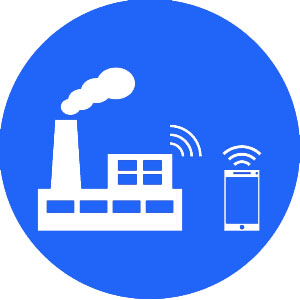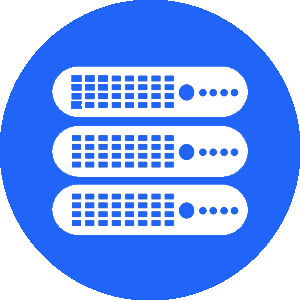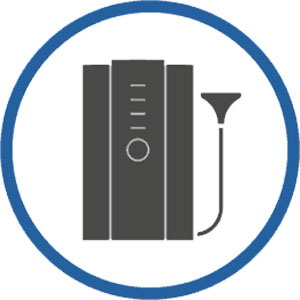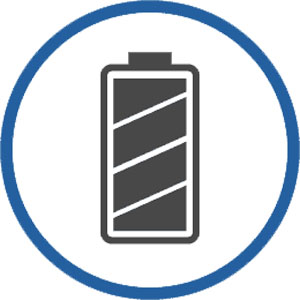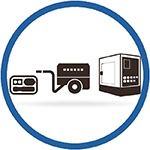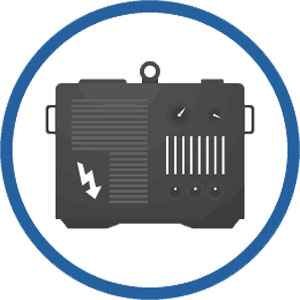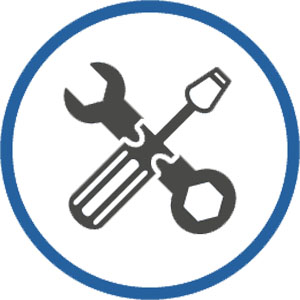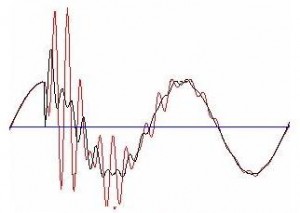Understanding Standby Power
The Standby Power systems which UPS (uninterruptible power supply) systems supply are used to support mainstream IT and communications infrastructures from the home office to the International Data Centre.
When mains power goes off, the Standby Power system will operate either from stored power usually within lead-acid UPS batteries installed within an uninterruptible power supply (UPS) or by generated power from a generator or a combination of both as an integrated hybrid system.
What are the standby power options?
Silent Generators can also be powered by natural gas or petrol, (or aviation fuel, if it’s a gas turbine). Stored power can also come from NiCad batteries and flywheel systems.
In many cases, before conventional generators reach operating power, there’s a time delay between mains failure and full power. As modern electronic equipment is susceptible to even momentary breaks in power a conventional diesel generator, on its own, is often insufficient to support a computer-based system.
Because of this a ‘typical’ Standby Power system for a computer room incorporates both a battery-powered UPS (to bridge the time gap whilst the silent generator starts) and a diesel generator to provide the extended runtime that may be required.
Of course, ‘typical’ Standby Power installations rarely exist, and we are often called upon to configure solutions where noise, or weight, or footprint, or heat output, or exhaust fumes (amongst other factors) would cause a problem.
AKSA generators, Hyundai generators, Pramac generators and more are all available from us.
Power Quality Issues
A loss of power, even momentarily, can cause IT systems and sensitive equipment to crash. A UPS (Uninterruptible Power Supply) maintains power by switching instantaneously to batteries in the event of a power failure, or even just a dip in power (a brownout). They also condition the power supply to reduce unwanted spikes and harmonics. They are designed to correct a variety of power problems, such as:
- Power failure -The total loss of power. Causes electrical equipment to stop working.
- Sags – Transient under voltage, can be caused by switching of heavy loads such as air conditioning or industrial machinery. Can cause IT hardware to lock-up, fail or reboot.
- Surges – Relatively short duration (from milliseconds to seconds) of high voltage. Power surges could be caused by the shut-down of a generator or other industrial motor on the local supply circuit. Will cause systems to crash, can cause components to wear and degrade over extended periods.
- Brownouts -Under voltage for an extended period of time (milliseconds to seconds, minutes, hours or days). Will cause overheating in motors. Prolonged and frequent brownouts cause equipment to malfunction or not work at all.
- Spikes -Very brief, but high energy bursts (lasting only a few milliseconds). Spikes are typically caused by lightning or malfunctions in the power supply. Will damage sensitive solid-state components and destroy data in digital equipment.
- Line noise -Distortions superimposed on the power waveform. Causes electromagnetic interference.
- Frequency variation – Deviation from the nominal frequency. Causes motors to increase or decrease speed.
- Switching transient – Instantaneous under voltage. May cause erratic behaviour in some equipment: memory loss, data error, data loss and component stress.
- Harmonic distortion – Multiples of power frequency superimposed on the power waveform. Causes excess heating in wiring and fuses.
Selecting the right UPS (Uninterruptible Power Supply)
- For non-critical applications, an off-line UPS will normally resolve Power Quality Issues 1. to 3. above.
- Higher-level power protection, resolving Issues 1. to 5. above, will require a line-interactive UPS.
- Complete protection for mission-critical systems, resolving all the Issues in 1. to 9. above, will require on-line double conversion UPS technology.
Some UPS (Uninterruptible Power Supplies) allow a controlled shut-down of IT servers whilst others may be used in conjunction with another Standby Power source (such as additional UPS batteries or a diesel generator) to allow all or part of the facility to continue operating for very significant periods. UPS Systems plc can supply Riello UPS, Eaton UPS, Vertiv UPS, APC UPS and more.
For a complete guide to standby power please visit our IT Professional’s Guide to Standby Power
Alternatively, for immediate assistance with all your standby power requirements, please contact us via telephone, via our online contact form, or let us call you back.












